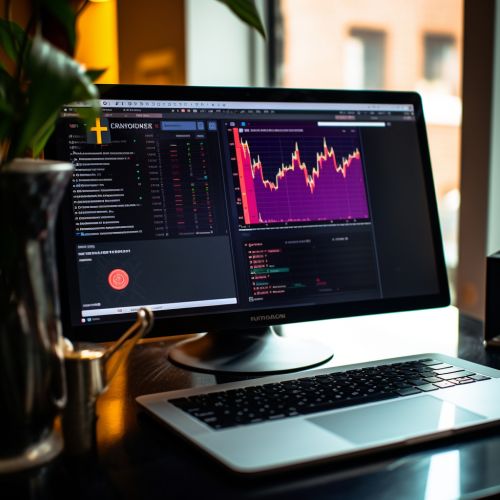Forex Trading Strategies
Introduction
Forex trading strategies are a set of analyses that a forex trader uses to determine whether to buy or sell a currency pair at any given time. These strategies can be based on technical analysis, fundamental analysis, or basic news-based events. The trader's currency trading strategy is usually made up of trading signals that trigger buy or sell decisions. Forex trading strategies are available on the internet or may be developed by the traders themselves.
Types of Forex Trading Strategies
Forex trading strategies can be either manual or automated methods for generating trading signals. Manual systems involve a trader sitting in front of a computer screen, looking for trading signals and interpreting whether to buy or sell. Automated systems allow the trader to set specific rules for trade entries and exits, and once programmed, can be automatically executed via a computer.
Manual Trading Strategies
Manual forex trading strategies involve a trader sitting at the computer screen, looking for signals and interpreting whether to buy or sell. This can be a highly involved process, requiring a deep understanding of the forex market, and a clear insight into the world's financial and economic situations.


Some of the most common manual forex trading strategies include the following:
- Scalping: This is a strategy that involves selling almost immediately after a trade becomes profitable. The price target is whatever figure that translates into "you've made money on this deal."
- Fading: This involves shorting stocks after rapid moves upward. This is based on the assumption that they are overbought, early buyers are ready to start taking profits and existing buyers may be scared out.
- Daily Pivots: This strategy involves profiting from a stock's daily volatility. This is done by attempting to buy at the low of the day and sell at the high of the day.
- Momentum: This strategy involves trading on news releases or finding strong trending moves supported by high volume.
Automated Trading Strategies
Automated forex trading strategies involve the use of computer programs and automated trading platforms to enter and exit trades. The trader will input the strategy parameters and the system will execute the trades according to the set parameters.


Automated trading strategies include the following:
- High-frequency trading (HFT): This is a type of algorithmic trading characterized by high speeds, high turnover rates, and high order-to-trade ratios that leverages high-frequency financial data and electronic trading tools.
- Algorithmic trading: This is a method of executing orders using automated pre-programmed trading instructions accounting for variables such as time, price, and volume.
- Swing trading: This is a style of trading that attempts to capture gains in a stock (or any financial instrument) over a period of a few days to several weeks.
- Trend following: This is an investment strategy that tries to take advantage of long-term moves that seem to play out in various markets.
Choosing a Forex Trading Strategy
Choosing a forex trading strategy that suits you is crucial to your trading success. The strategy chosen will depend on a number of factors including the trader's personality, lifestyle, and available resources.


Here are some factors to consider when choosing a forex trading strategy:
- Risk tolerance: This is the degree of variability in investment returns that an individual is willing to withstand. Traders with a low risk tolerance may opt for strategies that aim to preserve their initial investment.
- Capital availability: The amount of capital a trader has available to invest can influence the type of strategy they choose. Traders with larger capital may be able to withstand larger losses and continue trading under unfavorable market conditions.
- Trading goals: The trader's goals will also influence the strategy they choose. Some traders may be looking for steady income while others may be looking for capital growth.
- Trading experience: The level of experience a trader has can also influence the strategy they choose. Beginner traders may opt for simpler strategies, while more experienced traders may choose more complex strategies.
Conclusion
Forex trading strategies are essential for every trader looking to profit from the forex market. The choice of strategy depends on various factors, including the trader's risk tolerance, capital availability, trading goals, and trading experience. Whether manual or automated, each strategy has its own advantages and potential risks. Therefore, traders should choose a strategy that best suits their trading style and the market conditions.
See Also
- Forex Trading Basics - Technical Analysis in Forex Trading - Fundamental Analysis in Forex Trading
